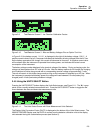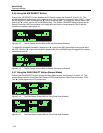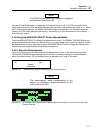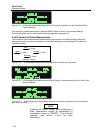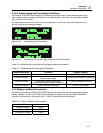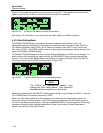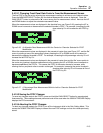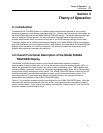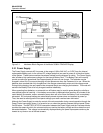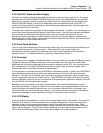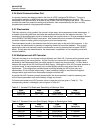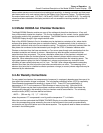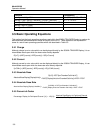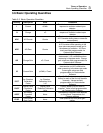
Theory of Operation
Introduction
3
3-1
Section 3
Theory of Operation
3.1 Introduction
The Model 90100 TRACKER System is a radiation measurement system intended for use in quality
assurance programs for high-energy accelerators and Co
60
. The two main components of the system are
the Model 35300A Detector and the Model 35360A TRACKER Display. This section describes the basic
theory of operation of these devices. For more information regarding radiation dosimetry and ion
chamber measurement theory, the reader should refer to one of the standard radiology physics texts.
The section begins with a simplified hardware block diagram of the Model 35360A Display accompanied
by a short description of the most important blocks. Next follows a short description of the Model 35300A
Detector and a discussion of air density corrections. The section concludes with a description of the
system's basic operating parameters and equations.
3.2 Overall Functional Description of the Model 35360A
TRACKER Display
The 35360A TRACKER Display contains a five-channel electrometer capable of producing
measurements of dose and dose rate. Its 4 line by 20 character vacuum fluorescent display (VFD) can
display the measurement results directly in the user's choice of radiological units. These readings may
include air density corrections if desired. An integrated rechargeable battery and a 300 V electronic bias
supply greatly simplify maintenance of the system. The 35360A TRACKER Display includes an RS-232
serial communication port that allows complete computer control of the measurement system. This
communications port, in conjunction with internal non-volatile memory, also provides a means of
customization and calibration of the 35360A TRACKER Display.
Figure 3-1 is a simplified hardware function block diagram for the 35360A TRACKER Display. While the
most important interblock connections have been shown, many interconnections have been omitted in
order to maintain clarity. Three external connections are illustrated. These are the AC Line, the RS-232
Computer Interface, and the Detector Input.



